The Importance of Indoor Air Quality in Green Home Design
21 January 2025
Green home design is all the rage these days, and honestly, it’s easy to see why. Who wouldn’t want a home that’s energy-efficient, eco-friendly, and sustainable? But here’s the thing: while we’re busy picking out solar panels and debating the pros and cons of bamboo flooring, many of us forget one simple, yet critical aspect—indoor air quality (IAQ). Yep, the air you’re breathing inside your house is just as important as how much energy your home uses.
Why? Because air is literally life. You can go a few days without food or water, but try holding your breath for more than a couple of minutes. Exactly—it’s not happening. So, let’s dive into why indoor air quality is a big deal when it comes to green homes, and what you can do about it. 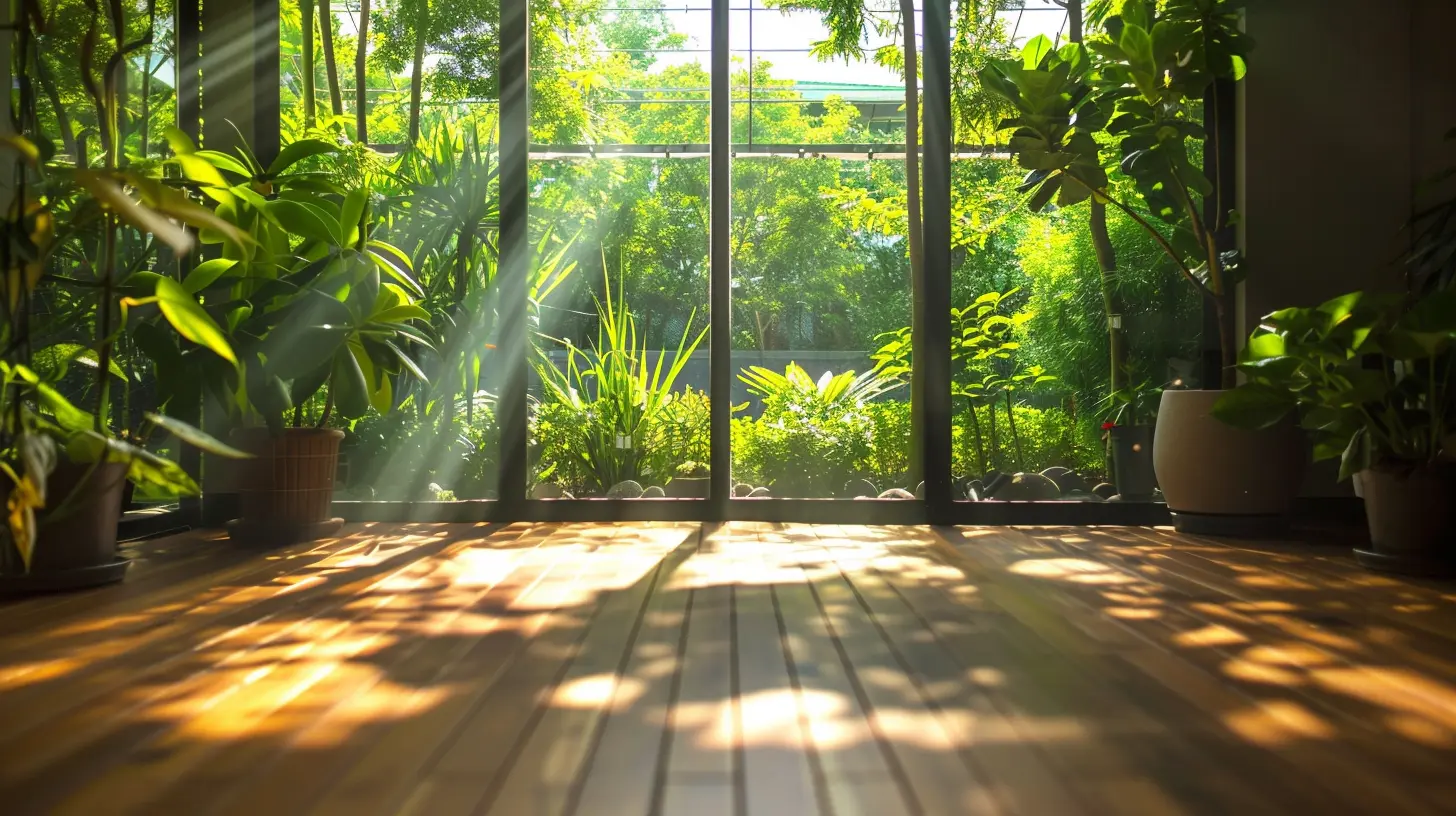
What Is Indoor Air Quality, Anyway?
First things first. What does "indoor air quality" even mean? Basically, it’s a measure of how clean (or not-so-clean) the air inside your home is. It includes factors like:- Levels of pollutants (think dust, mold, and chemicals).
- Humidity levels (too dry and you get nosebleeds; too humid and hello, mold city).
- Ventilation (how well fresh air gets in and stale air gets out).
A home with poor air quality can lead to all kinds of health issues—ranging from minor annoyances like allergies to serious stuff like respiratory diseases. Not what you want in your dream green home, right? 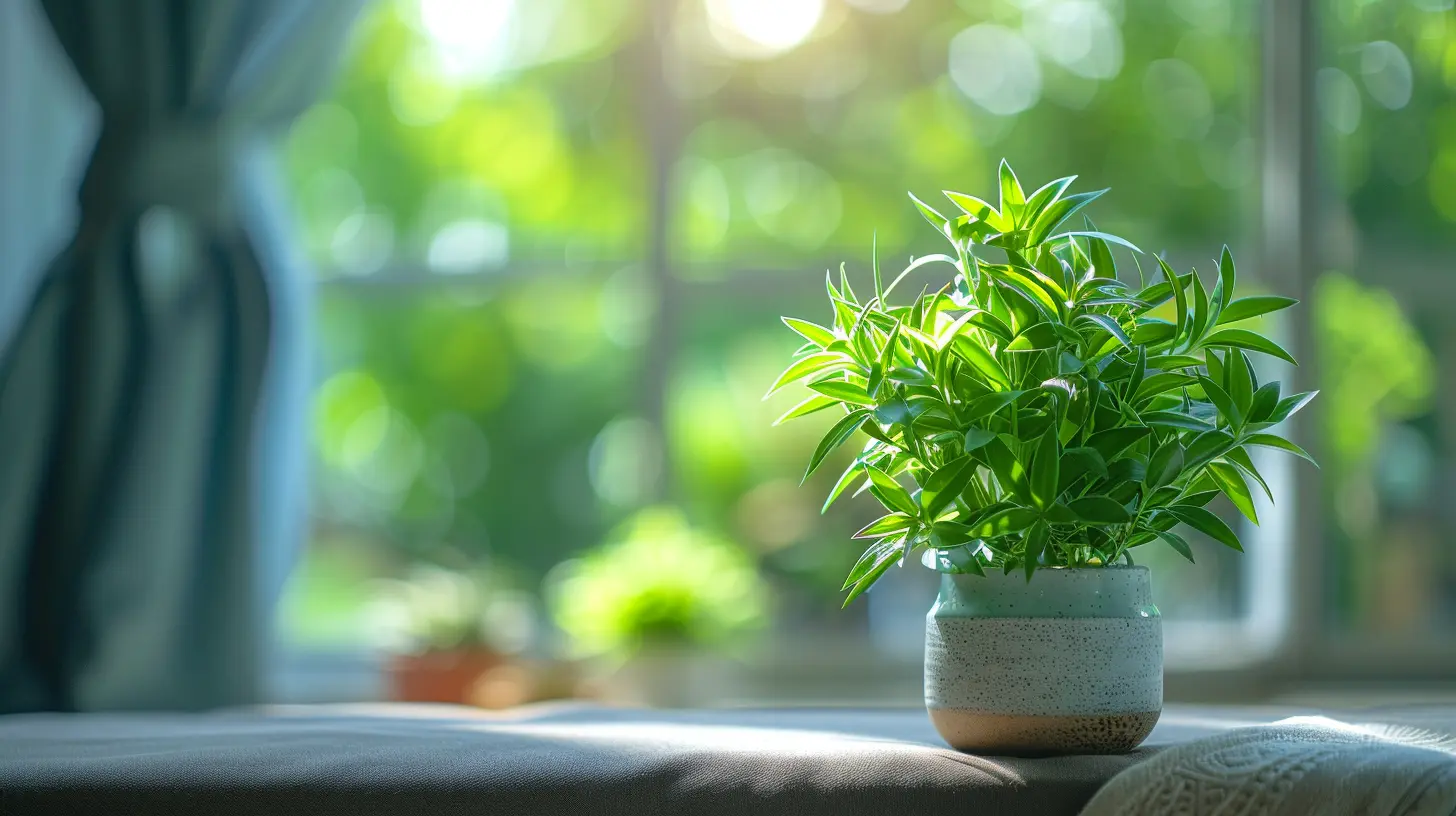
Why Should You Care About Indoor Air Quality in Green Homes?
Alright, so you’re probably wondering, “Why is indoor air quality such a big deal in green home design?” Well, let me hit you with a few reasons.1. Health is Non-Negotiable
Think about it: you spend about 90% of your time indoors. If the air in your home is full of toxins, allergens, or pollutants, you’re basically breathing in trouble all day, every day. Common pollutants like volatile organic compounds (VOCs) from paints and cleaning supplies can trigger headaches, dizziness, or even chronic illnesses over time.And don’t even get me started on mold. That stuff is sneaky—hiding behind walls and under carpets—and it can seriously mess up your respiratory system. A green home isn’t just about saving the planet; it’s about creating a safe and healthy space for you and your family.
2. Energy Efficiency Can Backfire Without Good IAQ
A lot of green homes are designed to be super airtight. This helps improve energy efficiency because less air leaks in and out, meaning your heating and cooling systems don’t have to work as hard. Sounds great, right?Well, yes and no. While airtightness is fantastic for cutting down on utility bills, it can trap pollutants inside the house if you’re not careful. Without proper ventilation, your dream "green" home could turn into a stuffy, unhealthy box.
3. IAQ and Sustainability Go Hand-in-Hand
Green homes are all about sustainability and harmony with the environment, right? Well, here’s the thing: polluted indoor air isn’t very harmonious. By focusing on IAQ, you’re not just taking better care of yourself, but you’re also ensuring the materials and systems in your home function better and last longer. Win-win!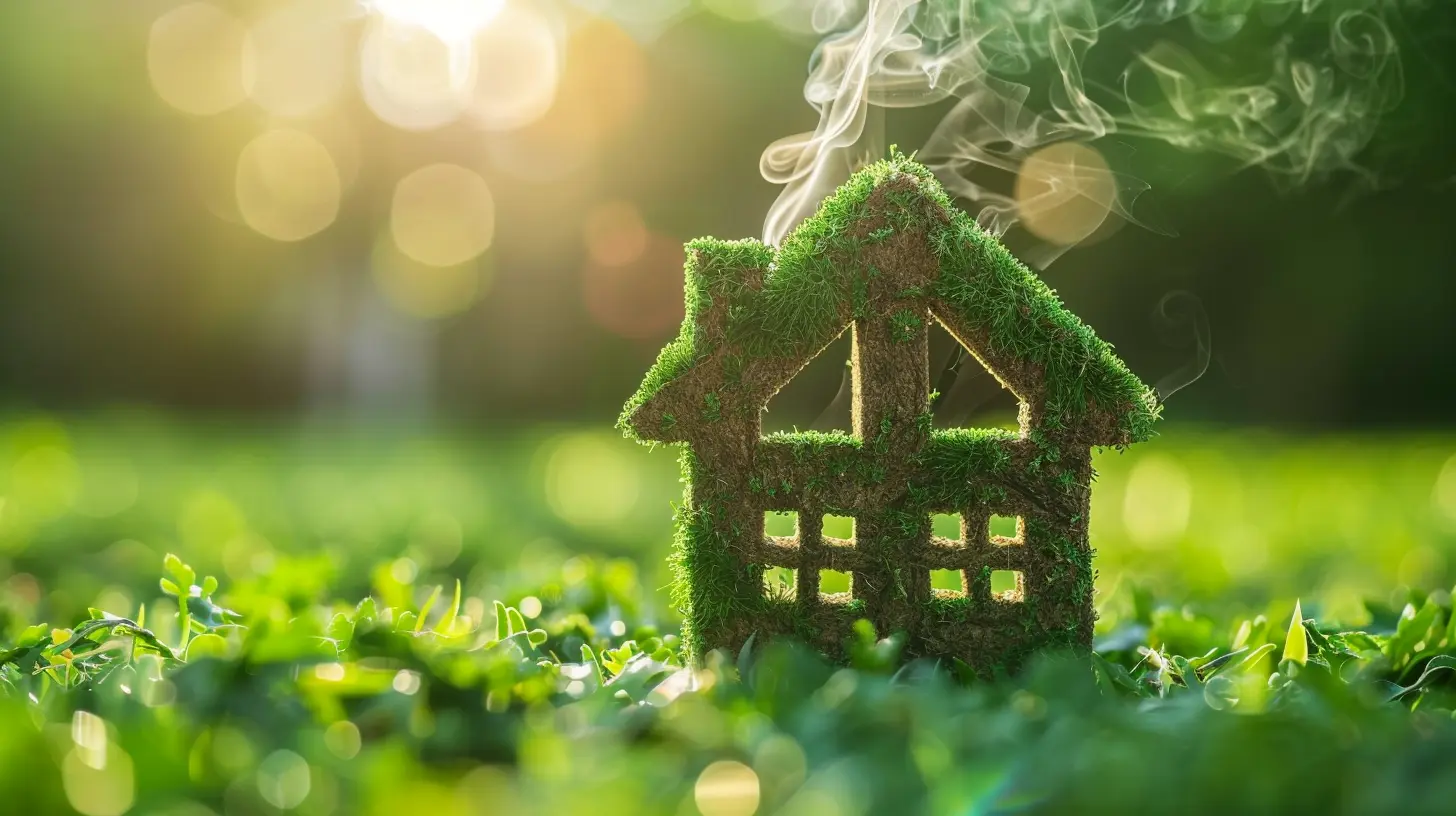
Common Culprits of Poor Indoor Air Quality
So what exactly messes up the air in your house? Let’s break it down:1. Chemical Off-Gassing
Ever notice that "new car smell" or the odor when you unbox something fresh out of the store? That’s off-gassing. It happens when products like furniture, carpets, or even your wall paint release VOCs into the air. These chemicals can hang around for weeks—or even months—polluting your indoor air.2. Dust and Allergens
Dust mites, pet dander, pollen—oh my! If you’re not staying on top of cleaning, these tiny offenders can wreak havoc on your air quality and cause allergies to flare up.3. Mold and Mildew
Where there’s moisture, there’s mold. And trust me, you don’t want mold lurking around. It can cause everything from wheezing to worse respiratory problems.4. Inadequate Ventilation
Having no way for fresh air to circulate through your home is a recipe for stale, polluted air sticking around.5. Combustion Pollutants
If you have a stove, fireplace, or furnace, they can release pollutants like carbon monoxide and nitrogen dioxide into the air. And that’s as bad as it sounds.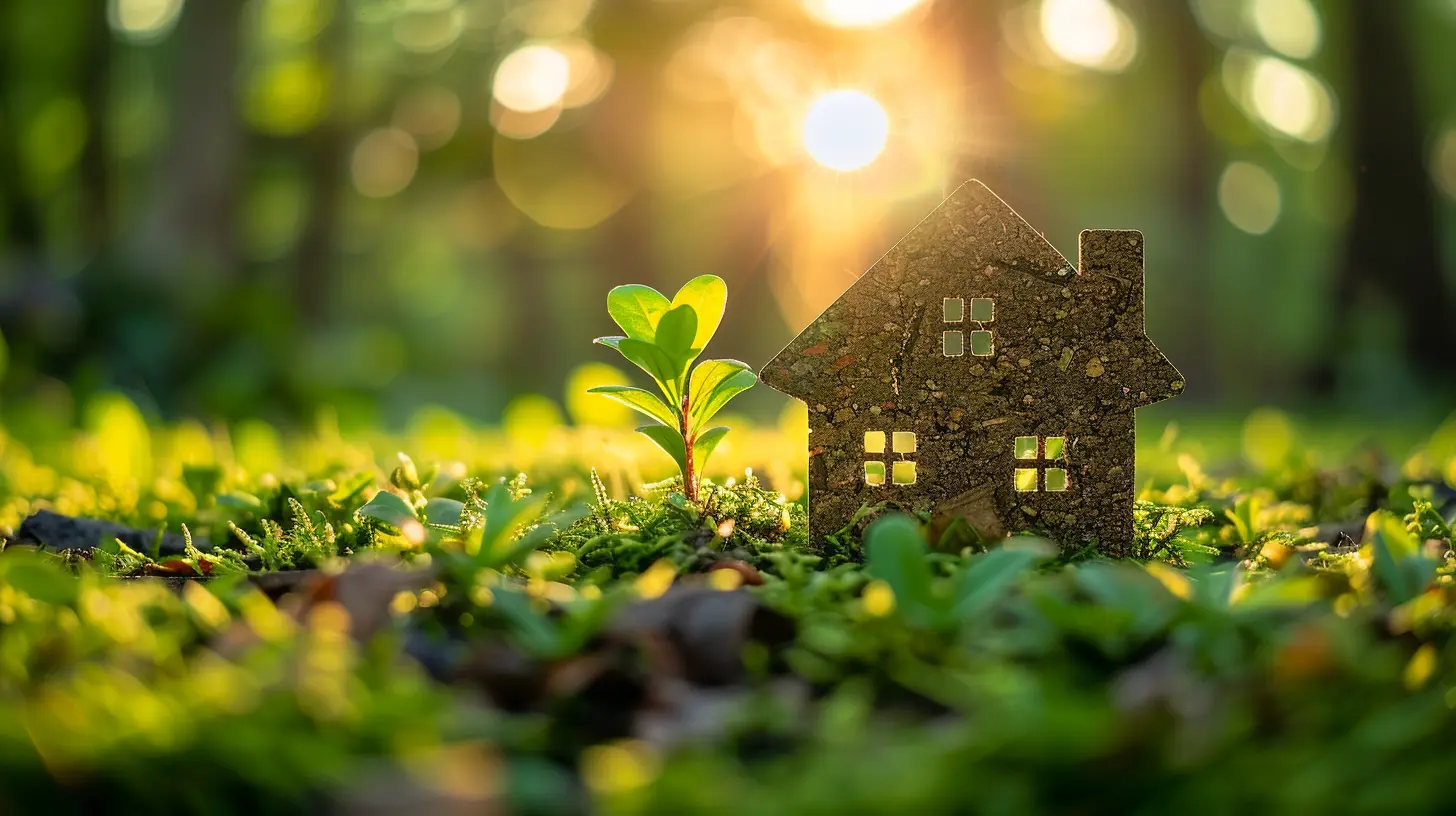
How to Improve Indoor Air Quality in a Green Home
Okay, enough doom and gloom. Let’s talk solutions. The good news is that improving your IAQ isn’t rocket science—you just need to be intentional about it. Here are some practical tips:1. Choose Low-VOC Materials
When building or furnishing your green home, go for paints, finishes, and furniture labeled as "low-VOC" or "non-toxic." These products release fewer harmful chemicals into the air, keeping your home cleaner and safer.2. Amp Up Ventilation
Think of ventilation as your home “breathing.” You don’t want it gasping for air, right? Install an energy recovery ventilator (ERV) or heat recovery ventilator (HRV) to ensure a constant flow of fresh air without sacrificing energy efficiency.3. Go Green (Literally)
Plants are nature’s air purifiers! Add some indoor greenery like snake plants, spider plants, or peace lilies. Just be careful if you have pets—some plants can be toxic to animals.4. Install Air Purifiers
Sometimes, even plants can’t do all the heavy lifting. Investing in a high-quality air purifier with a HEPA filter can help remove allergens, dust, and even some chemical pollutants from your home.5. Control Humidity
Remember, mold loves moisture. Keep your home’s humidity levels between 30-50% to prevent mold and mildew from taking over. A dehumidifier can be a lifesaver if you live in a humid climate.6. Ditch Synthetic Fragrances
Those air fresheners and candles might smell delightful, but they’re often loaded with chemicals. Opt for natural alternatives like essential oils or soy-based candles instead.7. Regular Maintenance
Don’t skip the boring stuff. Clean your HVAC system regularly, replace air filters, and stay on top of general home maintenance. It’s not glamorous, but it’s necessary.Smart Technologies for Monitoring Indoor Air Quality
Let’s talk tech. These days, you can invest in devices that monitor your indoor air quality 24/7. Think of them as fitness trackers for your home. They can measure things like humidity, VOC levels, and even carbon dioxide concentrations, giving you real-time feedback to make necessary changes.Some devices even integrate with your smart home system, so you can adjust settings or get alerts right from your phone. How cool is that?
Green Home Design: The Future is Fresh
Here’s the bottom line: a green home isn’t truly "green" if it doesn’t take indoor air quality into account. Sure, solar panels and energy-efficient windows are fantastic, but if the air you’re breathing inside your eco-friendly house is making you sick, what’s the point?By making IAQ a key part of your green home design, you’re investing in your health, your family’s well-being, and the planet—all at the same time. And isn’t that what sustainable living is all about?
So the next time you’re planning your dream green home, remember: it’s not just about what’s outside (like a cool solar panel setup). It’s also about what’s inside. After all, home is where the (healthy) heart is.
all images in this post were generated using AI tools
Category:
Green HomesAuthor:

Mateo Hines
Discussion
rate this article
15 comments
Kassandra Bellamy
Indoor air quality isn't just a feature—it's a necessity. Prioritizing clean air boosts health and well-being, making it non-negotiable in green home design. Build for sustainability, but don’t compromise on the air we breathe. It's time to elevate standards.
February 5, 2025 at 11:56 AM

Mateo Hines
Absolutely! Clean air is essential for health and should be a fundamental aspect of sustainable home design. Prioritizing indoor air quality is crucial for both well-being and environmental responsibility.
Ashley Black
Indoor air quality is the unsung hero of green home design! Prioritizing clean air not only enhances our health but also elevates our living experience. Let’s create spaces that breathe and thrive, combining sustainability with comfort. Together, we can build a healthier future for ourselves and the planet!
January 31, 2025 at 9:07 PM

Mateo Hines
Absolutely! Prioritizing indoor air quality is essential for a sustainable and healthy home. It truly transforms our living spaces and contributes to a better future for both us and the planet. Thank you for highlighting this crucial aspect!
Uriah McLemore
Great article! Prioritizing indoor air quality truly enhances the comfort and health of green homes.
January 31, 2025 at 5:18 AM

Mateo Hines
Thank you! I'm glad you found the article valuable. Prioritizing indoor air quality is indeed crucial for both comfort and health in green homes!
Velvet McKellar
Sure, having a green home is great, but if your indoor air makes you feel like you just inhaled a sock, what's the point? Let's prioritize air quality—because nobody wants to host a dinner party where guests wonder if 'vintage sock' is the new home fragrance trend!
January 30, 2025 at 9:04 PM

Mateo Hines
Absolutely! Prioritizing indoor air quality is essential in green home design; it's not just about sustainability but also creating a healthy, inviting environment for everyone.
Axel Gill
I'm intrigued by the connection between indoor air quality and green home design! How do specific materials and ventilation systems influence air quality in eco-friendly homes? Also, what are some effective strategies for improving indoor air quality that homeowners can easily implement?
January 29, 2025 at 4:16 AM

Mateo Hines
Thank you for your interest! Specific materials such as low-VOC paints and natural fibers, combined with efficient ventilation systems, significantly improve air quality by reducing harmful emissions and enhancing airflow. Homeowners can implement strategies like using air purifiers, maintaining humidity levels, and choosing non-toxic cleaning products to further enhance indoor air quality.
Miranda James
Ah, yes, because breathing clean air in our homes is obviously overrated. Who needs fresh oxygen when we can just admire our eco-friendly paint colors instead?
January 28, 2025 at 9:44 PM

Mateo Hines
I appreciate your viewpoint! Clean air is essential for health, and eco-friendly designs aim to enhance both aesthetics and air quality. It’s not an either/or situation; we can have both!
Jet Blevins
Great article! 🌿 Prioritizing indoor air quality is a game-changer for green home design. Fresh air not only boosts our health but also creates a cozy, inviting atmosphere. Let’s breathe easy and enjoy our sustainable spaces! Here's to happier, healthier living! 🏡✨
January 27, 2025 at 1:33 PM

Mateo Hines
Thank you for your thoughtful comment! I completely agree—prioritizing indoor air quality is essential for creating healthy and inviting green homes. Cheers to sustainable living! 🌱🏡
Justice Vasquez
Great article! The emphasis on indoor air quality is so crucial in green home design. It's inspiring to see how prioritizing fresh air can enhance both health and sustainability in our living spaces. Thank you!
January 27, 2025 at 5:42 AM

Mateo Hines
Thank you for your kind words! I'm glad you found the article inspiring. Indoor air quality truly plays a vital role in creating healthier and more sustainable homes.
Ian Sweeney
Investing in indoor air quality is not just a smart choice for your health; it’s a commitment to a sustainable future. Let’s embrace green home design and create spaces that breathe life, comfort, and wellness for all!
January 26, 2025 at 4:07 AM

Mateo Hines
Thank you for highlighting the vital connection between indoor air quality and sustainability! Creating healthy living spaces is indeed essential for our well-being and the planet’s future. Let's continue to promote green design together!
Nathan Pacheco
Indoor air quality is often overlooked in green home design, yet it is vital for health and comfort. Prioritizing ventilation, non-toxic materials, and natural airflow not only enhances living spaces but also promotes well-being, creating a harmonious environment that benefits both residents and the planet.
January 25, 2025 at 4:06 AM

Mateo Hines
Thank you for highlighting this crucial aspect! Indeed, prioritizing indoor air quality is essential for creating healthy and sustainable living spaces that benefit both residents and the environment.
Daphne Wallace
Prioritizing indoor air quality in green home design not only enhances our well-being but also fosters a healthier planet. Let's create spaces that nurture both ourselves and the environment!
January 24, 2025 at 1:08 PM

Mateo Hines
Thank you for highlighting such an essential aspect! Prioritizing indoor air quality truly benefits both our health and the environment, making it a key focus in sustainable design.
Cash Lamb
Indoor air quality isn't just a luxury; it’s a necessity. Prioritizing it in green home design is non-negotiable for health, sustainability, and overall quality of life. Don't compromise—breathe better, live better!
January 23, 2025 at 9:25 PM

Mateo Hines
Absolutely! Indoor air quality is essential for health and well-being. It should be a key focus in green home design to ensure a healthier, more sustainable living environment. Thank you for highlighting its importance!
Otto James
This article beautifully highlights a crucial aspect often overlooked in green home design—indoor air quality. As we prioritize sustainability, it's essential to remember that a truly healthy home means ensuring the air we breathe is clean and free from pollutants.
January 23, 2025 at 12:16 PM

Mateo Hines
Thank you for your insightful comment! Indoor air quality is indeed a vital component of sustainable living, and I'm glad the article resonated with you. Clean air is essential for a healthy home environment.
Sonya McGlynn
Indoor air quality is crucial in green home design, as it directly impacts occupant health and comfort. Utilizing non-toxic materials, proper ventilation, and advanced air purification systems can significantly enhance indoor environments, promoting sustainability and well-being in residential spaces.
January 22, 2025 at 12:15 PM

Mateo Hines
Thank you for your insightful comment! I completely agree that prioritizing non-toxic materials and effective ventilation is essential for enhancing both health and sustainability in green home design.
Sienna Daniels
Great article! Prioritizing indoor air quality in green home design not only enhances comfort but also promotes health—making every breath a joyful experience!
January 21, 2025 at 7:23 PM

Mateo Hines
Thank you for your kind words! I'm glad you found the article insightful. Prioritizing indoor air quality truly makes a difference in our homes and well-being!
MORE POSTS
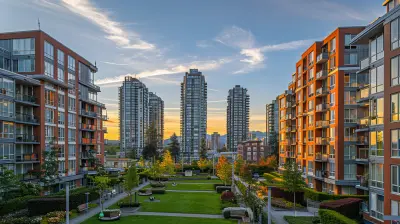
Condo Living and Wellness: Creating a Tranquil Space at Home
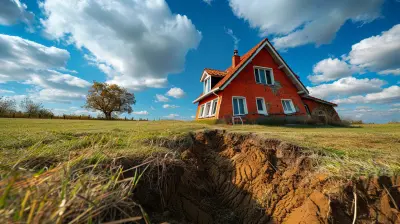
The Real Estate Cycle: How Long-Term Trends Can Shape Your Decisions
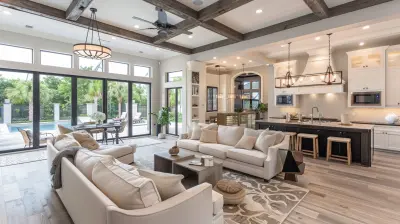
How New Construction Homes Are Revolutionizing Real Estate

What Happens to Property Prices in the Contraction Phase of the Market?
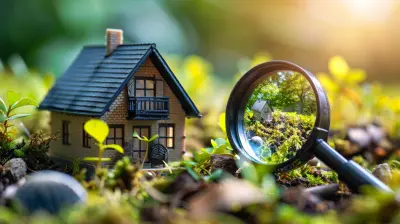
What to Expect During a Home Inspection: A Buyer’s Guide

Building Your Home from the Ground Up: Tips for Working with Builders
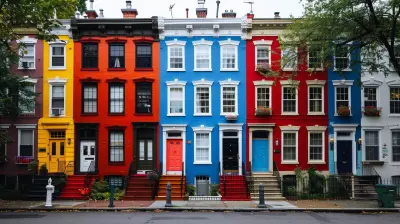
How to Navigate Real Estate Cycles in Commercial Property Investments
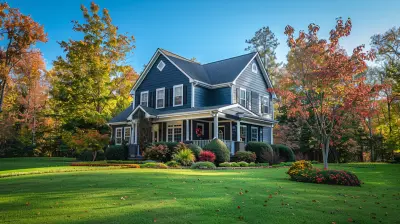
A Guide to Understanding Property Taxes and Closing Costs
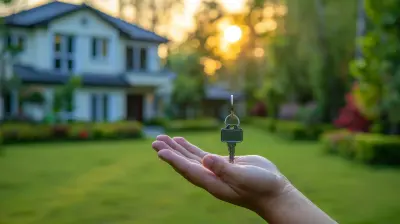
Choosing the Right Mortgage Lender: Questions to Ask
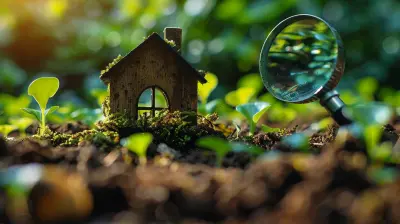
Home Inspections Beyond the Basics: Looking for Environmental Hazards